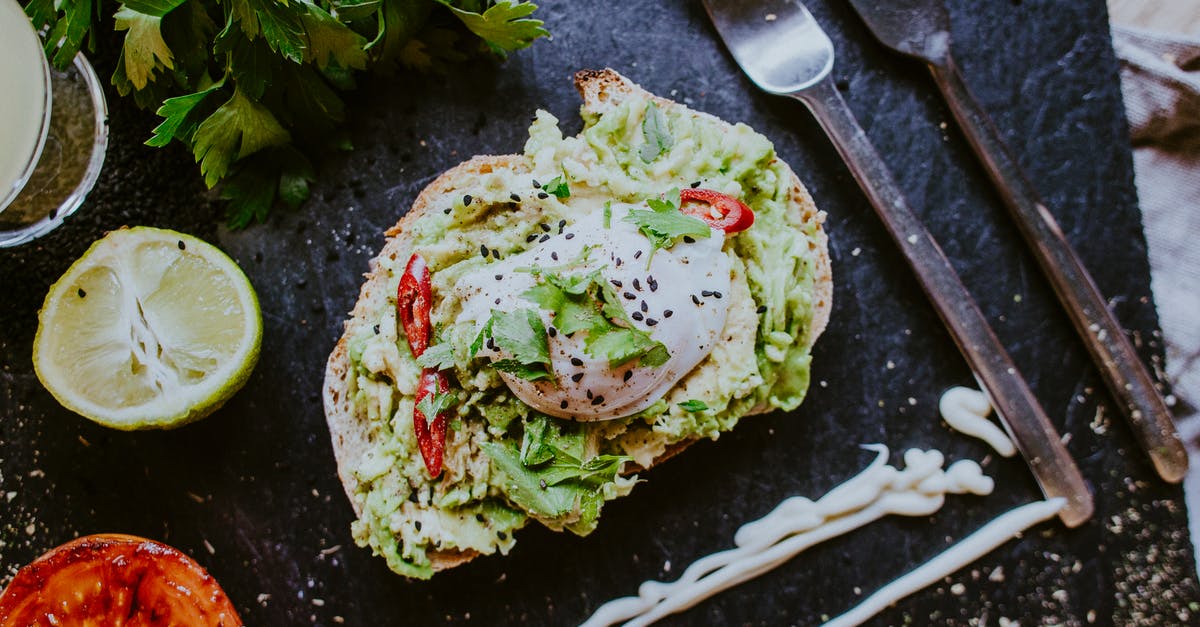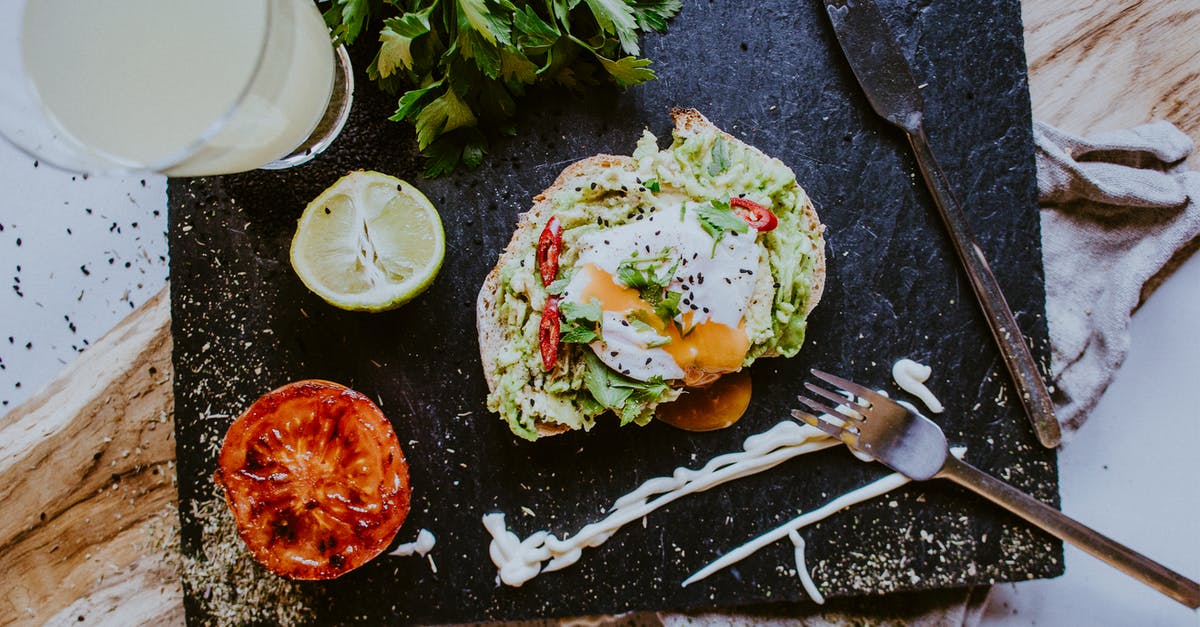How do commercial sauce companies remove seeds from tomatoes?

When I remove seeds from tomatoes it is a tedious process. I scoop out the pulp which is in different compartments inside the tomato and push it through a strainer. It takes a long time.
How do food companies automate this process? Is it something I can do?
Update
I tried a food mill, but this just liquifies the tomatoes and excludes the pulp as well as the seeds. For example, see the video at https://www.youtube.com/watch?v=kWnhKJBV0UU showing a food mill being used. You can see that the guy just gets tomato juice out of it. All the pulp is left mixed with the seeds and skins. I want to just remove the seeds without losing any pulp or destroying its microstructure.
I am considering getting a tomato press. This device uses much more pressure than a food mill. The secret to using the press is that you pass the discard through twice. So, on the first pass you get tomato juice out of it, and on the second pass you get a puree. It seems to do a pretty good job of separating the skins and seeds. The downside is that the puree does have the pulp but has lost some of its structure.
Ideally, I would like to preserve more of the structure.
I have seen one chef who quarters the tomatoes and then slices the whole seed cavity out, which seems like a pretty good and thorough way to do it, but is manually intensive. The squeeze-out-the-seeds strategy is not useful for my case because I need to remove all the seeds and squeezing is a partial solution at best. Also, squeezing or quartering a bushel of tomatoes will take hours.
Best Answer
In a commercial setting, i.e. a food processing plant, industrial, large capacity equipment is used. This equipment is specifically designed for this purpose and is part of the production line.
In a home setting, there are a couple of options. First is an electric tomato mill. These can be a little pricey, but are designed specifically for tomatoes and other soft fruits. Some come with different size strainers to accomodate different textures and seed sizes. Here is a link to a mid-priced unit on Amazon.
Second, and more affordable, is the manual tomato strainer and sauce maker. They are much more affordable and are designed to remove the skin and seeds while leaving the juice and pulp. Here is a link to a moderately priced and highly rated unit on Amazon. The pics for this item clearly show it discarding the seeds and skins, while keeping the juice and pulp. The texture looks quite nice, also.
To be clear, I am not endorsing these items, just using them for examples.
Pictures about "How do commercial sauce companies remove seeds from tomatoes?"



How do you get rid of tomato seeds in for sauce?
Peel the skins off the tomatoes with a paring knife. Cut tomatoes in half along the equator exposing seeds. Set a sieve inside a bowl. Squeeze tomato seeds out into the sieve.Do seeds need to be removed from tomato sauce?
Since the seeds don't harm the flavor and removing them is a hassle, we'll be leaving them in. If you choose to remove the seeds for aesthetic reasons, be sure to strain off and use the flavorful gel that surrounds them.Do canned tomatoes have the seeds removed?
The cans generally contain seeds. Canned tomato pur\xe9e has been cooked and strained, so it's free of seeds. Tomato paste comes from simmering the pur\xe9e to remove as much as 80 percent of the water content. Tomato sauce includes seasonings, usually salt and sugar but sometimes herbs and garlic as well.How do you separate the seeds from the tomato?
You can scoop out the tomato gel that contains the seeds with a spoon, or simply squeeze the tomato half to push out the pulp.How Tomato Ketchup Is Made, Tomato Harvesting And Processing Process With Modern Technology
More answers regarding how do commercial sauce companies remove seeds from tomatoes?
Answer 2
I found the easiest way to remove the seeds is to use Roma tomatoes, slice the top of, look for the dark middle section and slice downward on both sides of the line. The seeds will stay mostly as a whole on each side to easily dispose of. There may be a few seeds that you have to pick out, but it isn't that bad.
Sources: Stack Exchange - This article follows the attribution requirements of Stack Exchange and is licensed under CC BY-SA 3.0.
Images: Flora Westbrook, Flora Westbrook, Malidate Van, ROMAN ODINTSOV
